#DPRK
Explore tagged Tumblr posts
Text
Remember that time Kim Jong Un was crying after hearing a testimony of a Korean woman being abused by a Japanese soldier, and western news sources immediately decided to post videos of it saying it was him "crying about declining birth rates" 😃 honestly I truly believe the act of making ridiculous statements about the DPRK is some kind of power via humiliation thing because what the hell
477 notes
·
View notes
Text
The thing is that if Kim Jong Un really was a total dictator who cared only about power and cruelty, it would be so much easier for him to ally with the US and be just like the Gulf monarchs or Pol Pot or one of the other million of criminals on Washington’s payroll. Recent wars have demonstrated very blatantly that US puppet leader is a great job for someone whose primary passions are killing babies and threatening their neighbors with nukes. For heads of state looking to sell out their people, Washington is the top buyer.
Literally what is there to be gained from the DPRK’s “isolationist” policies other than the security of its people?!
1K notes
·
View notes
Text




posters left on the walls of russian hospitals by north korean soldiers
35 notes
·
View notes
Text
Oh my frutigers
Pyongyang, seen from height



35 notes
·
View notes
Text

Naengmyeon noodles, a delicacy originating in Pyongyang. It’s a dish served cold with dressing and red chilli paste
37 notes
·
View notes
Text
me: the us govt lied to you about Palestine
western liberal: yes, I know
me: they have also lied to you about Iraq, Syria, Mexico, Cuba, Venezuela, Afghanistan, Vietnam, and China
western liberal: yeah what’s your point
me: okay so keeping all that in mind, wouldn’t it be plausible that the US govt has lied to you also about the DPRK?
western liberal: NO YOURE A FASCIST NORTH KOREA IS A DICTATORSHIP FULL OF BRAINWASHED ZOMBIES. ITS THE TRUMAN SHOW FOR WESTERNERS!!!
3K notes
·
View notes
Text
What does life in North Korea look like outside of Pyongyang? 🇰🇵
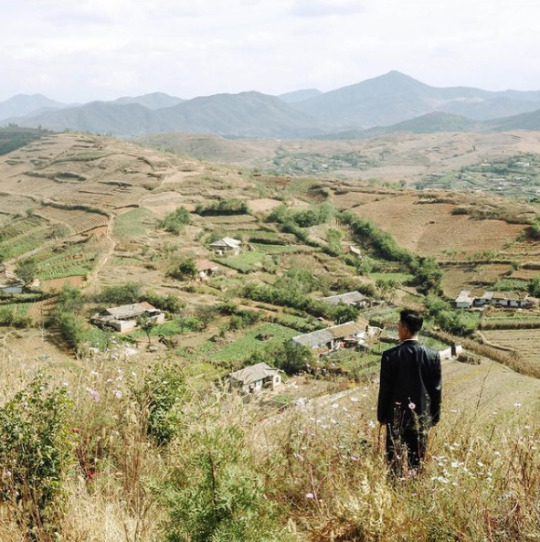
Hey, I'm back again with a very scary "tankie" post that asks you to think of North Koreans as people, and to consider their country not as a cartoonish dystopia, but as a nation that, like any other place on earth, has culture, traditions, and history.
Below is a collection of pictures from various cities and places in North Korea, along with a brief dive into some of the historical events that informs life in the so-called "hermit kingdom."
Warning: very long post
Kaesong, the historic city
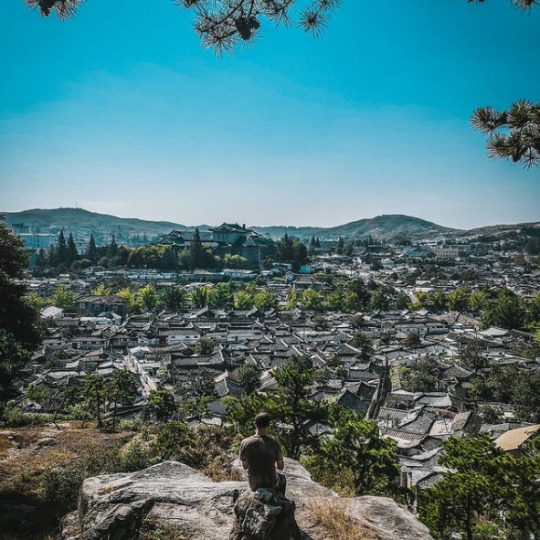
Beginning this post with Kaesong, one of the oldest cities in Korea. It's also one of the few major cities in the DPRK (i.e. "North Korea") that was not completely destroyed during the Korean war.
Every single city you'll see from this point on were victims of intense aerial bombardments from the U.S. and its allies, and had to be either partially or completely rebuilt after the war.
From 1951 to 1953, during what has now become known as the "forgotten war" in the West, the U.S. dropped 635,000 tons of bombs over Korea — most of it in the North, and on civilian population centers. An additional 32,000 tons of napalm was also deployed, engulfing whole cities in fire and inflicting people with horrific burns:
For such a simple thing to make, napalm had horrific human consequences. A bit of liquid fire, a sort of jellied gasoline, napalm clung to human skin on contact and melted off the flesh. Witnesses to napalm's impact described eyelids so burned they could not be shut and flesh that looked like "swollen, raw meat." - PBS
Ever wondered why North Koreans seem to hate the U.S so much? Well...
Keep in mind that only a few years prior to this, the U.S. had, as the first and only country in the world, used the atomic bomb as a weapon of war. Consider, too, the proximity between Japan and Korea — both geographically and as an "Other" in the Western imagination.
As the war dragged on, and it became clear the U.S. and its allies would not "win" in any conventional sense, the fear that the U.S. would resort to nuclear weapons again loomed large, adding another frightening dimension to the war that can probably go a long way in explaining the DPRK's later obsession with acquiring their own nuclear bomb.
But even without the use of nuclear weapons, the indiscriminate attack on civilians, particularly from U.S. saturation bombings, was still horrific:
"The number of Korean dead, injured or missing by war’s end approached three million, ten percent of the overall population. The majority of those killed were in the North, which had half of the population of the South; although the DPRK does not have official figures, possibly twelve to fifteen percent of the population was killed in the war, a figure close to or surpassing the proportion of Soviet citizens killed in World War II" - Charles K. Armstrong
On top of the loss of life, there's also the material damage. By the end of the war, the U.S. Air Force had, by its own estimations, destroyed somewhere around 85% of all buildings in the DPRK, leaving most cities in complete ruin. There are even stories of U.S. bombers dropping their loads into the ocean because they couldn't find any visible targets to bomb.
What you'll see below of Kaesong, then, provides both a rare glimpse of what life in North Korea looked like before the war, and a reminder of what was destroyed.
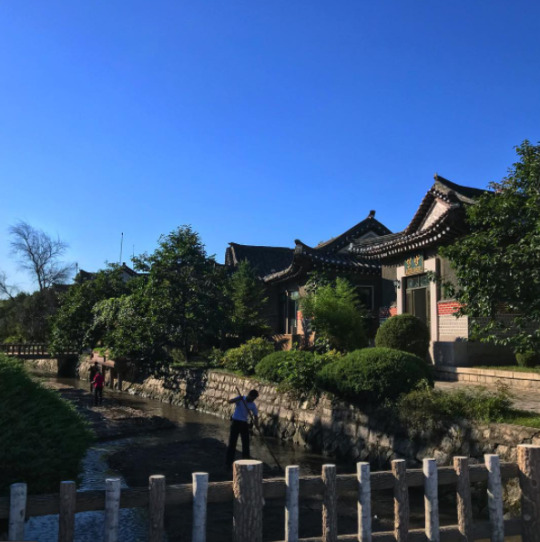
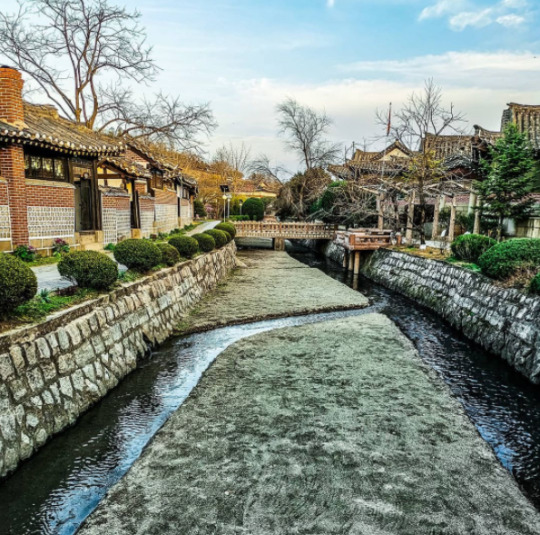
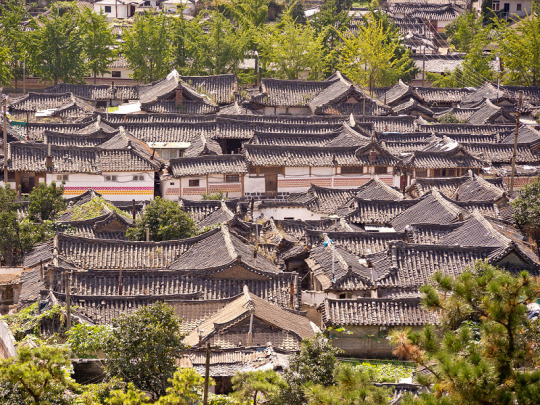
Kaesong's main street, pictured below.
Due the stifling sanctions imposed on the DPRK—which has, in various forms and intensities, been in effect since the 1950s—car ownership is still low throughout the country, with most people getting around either by walking or biking, or by bus or train for longer distances.
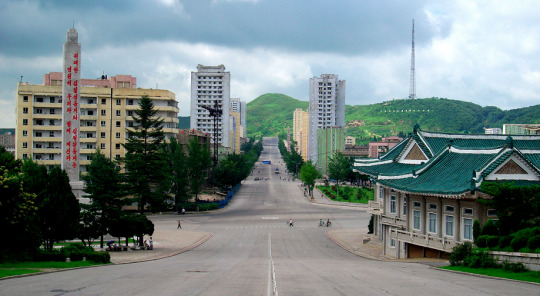
Kaesong, which is regarded as an educational center, is also notable for its many Koryŏ-era monuments. A group of twelve such sites were granted UNESCO world heritage status in 2013.
Included is the Hyonjongnung Royal Tomb, a 14th-century mausoleum located just outside the city of Kaesong.
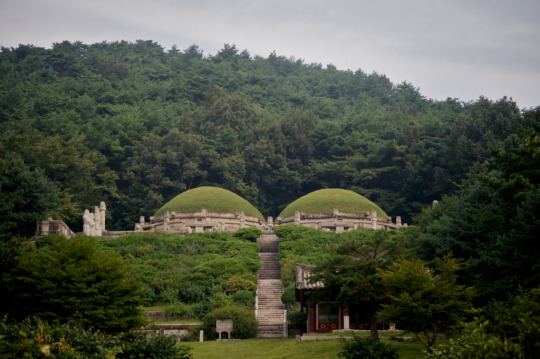
One of the statues guarding the tomb.
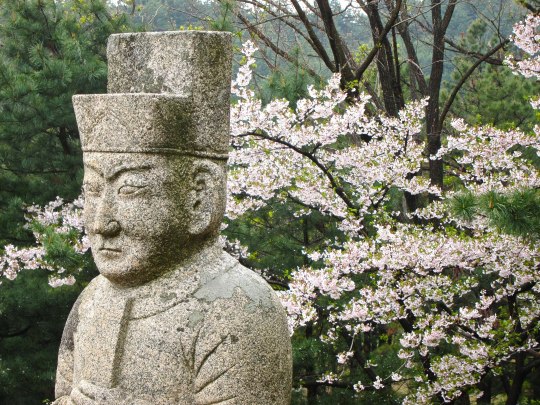
Before moving on the other cities, I also wanted to showcase one more of the DPRK's historical sites: Pohyonsa, a thousand-year-old Buddhist temple complex located in the Myohyang Mountains.
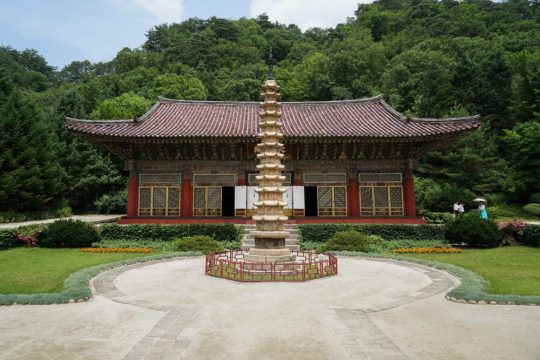
Like many of DPRK's historic sites, the temple complex suffered extensive damage during the Korean war, with the U.S. led bombings destroying over half of its 24 pre-war buildings.
The complex has since been restored and is in use today both as a residence for Buddhist monks, and as a historic site open to visitors.
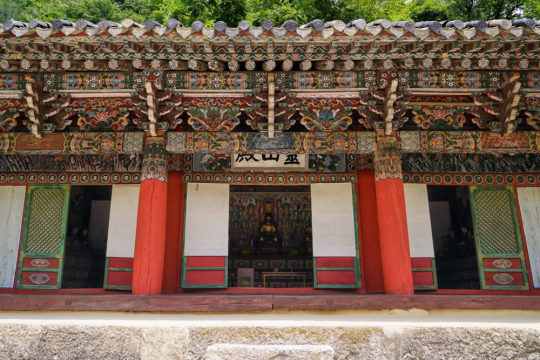
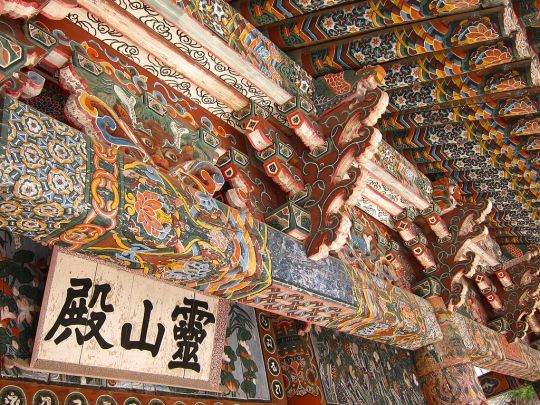
Hamhung, the second largest city in the DPRK.
A coastal city located in the South Hamgyŏng Province. It has long served as a major industrial hub in the DPRK, and has one of the largest and busiest ports in the country.
Hamhung, like most of the coastal cities in the DPRK, was hit particularly hard during the war. Through relentless aerial bombardments, the US and its allies destroyed somewhere around 80-90% percent of all buildings, roads, and other infrastructure in the city.
Now, more than seventy years later, unexploded bombs, mortars and pieces of live ammunition are still being unearthed by the thousands in the area. As recently as 2016, one of North Korea's bomb squads—there's one in every province, faced with the same cleanup task—retrieved 370 unexploded mortar rounds... from an elementary school playground.
Experts in the DPRK estimate it will probably take over a hundred years to clean up all the unexploded ordnance—and that's just in and around Hamhung.
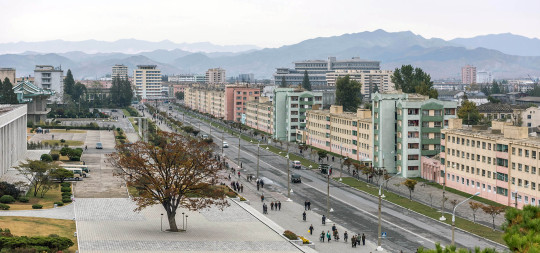
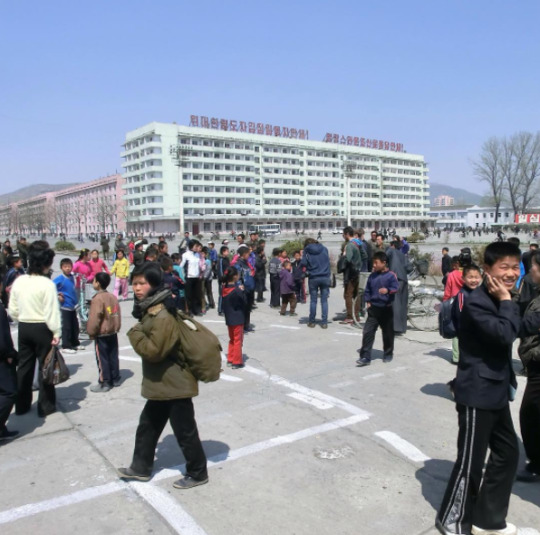

Hamhung's fertilizer plant, the biggest in North Korea.
When the war broke out, Hamhung was home to the largest nitrogen fertilizer plant in Asia. Since its product could be used in the creation of explosives, the existence of the plant is considered to have made Hamhung a target for U.S. aggression (though it's worth repeating that the U.S. carried out saturation bombings of most population centers in the country, irrespective of any so-called 'military value').
The plant was immediately rebuilt after the war, and—beyond its practical use—serves now as a monument of resistance to U.S. imperialism, and as a functional and symbolic site of self-reliance.
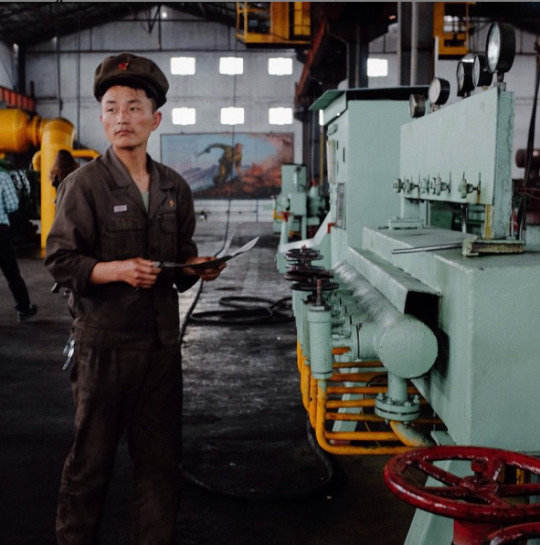
Chongjin, the third largest city in the DPRK.
Another coastal city and industrial hub. It underwent a massive development prior to the Korean war, housing around 300,000 people by the time the war broke out.
By 1953, the U.S. had destroyed most of Chongjin's industry, bombed its harbors, and killed one third of the population.
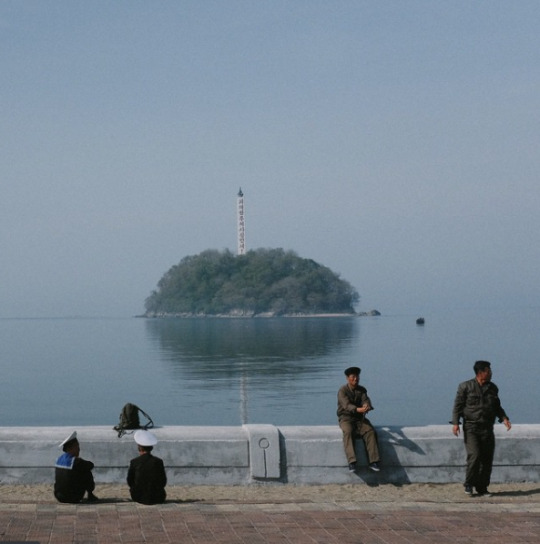
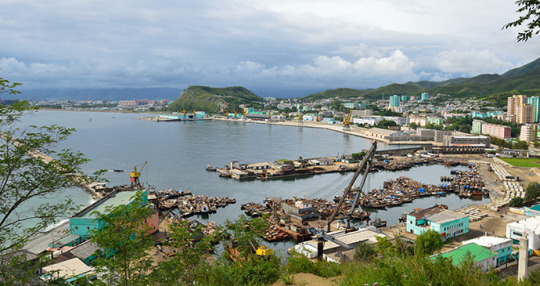
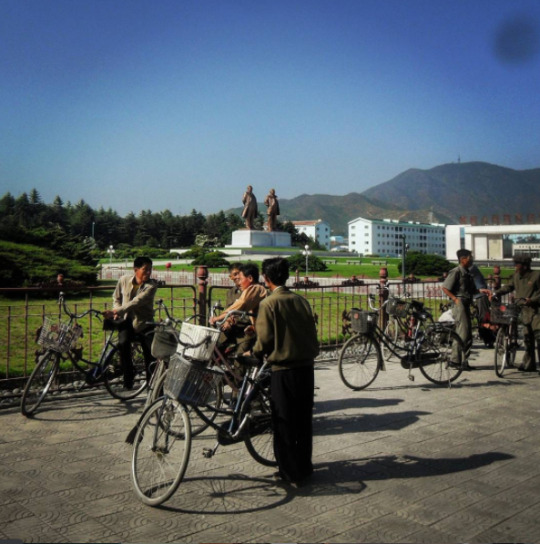
Wonsan, a rebuilt seaside city.
The city of Wonsan is a vital link between the DPRK's east and west coasts, and acts today as both a popular holiday destination for North Koreans, and as a central location for the country's growing tourism industry.
Considered a strategically important location during the war, Wonsan is notable for having endured one of the longest naval blockades in modern history, lasting a total of 861 days.
By the end of the war, the U.S. estimated that they had destroyed around 80% of the city.
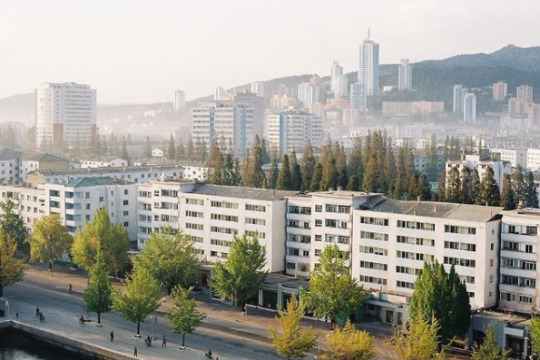
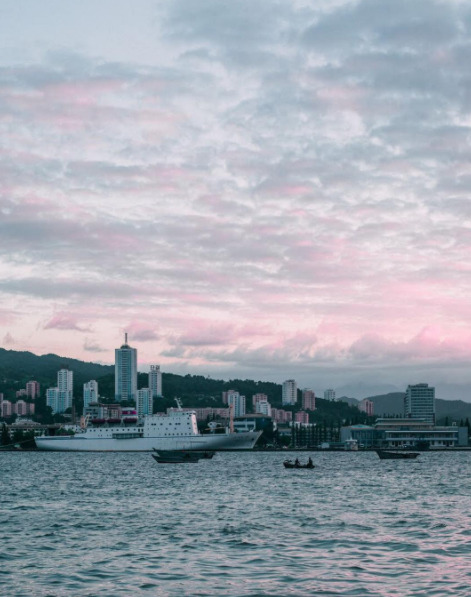
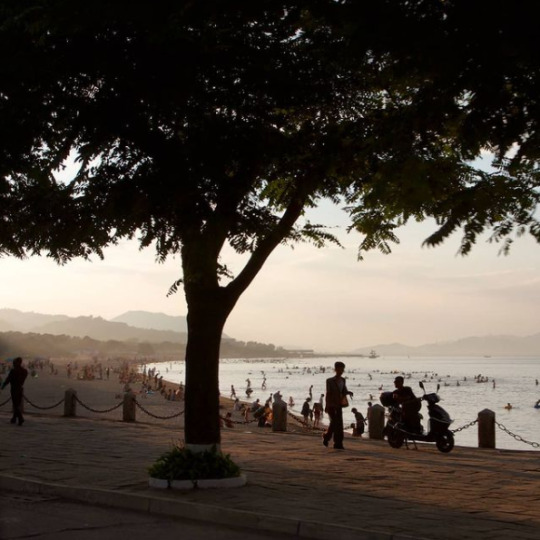
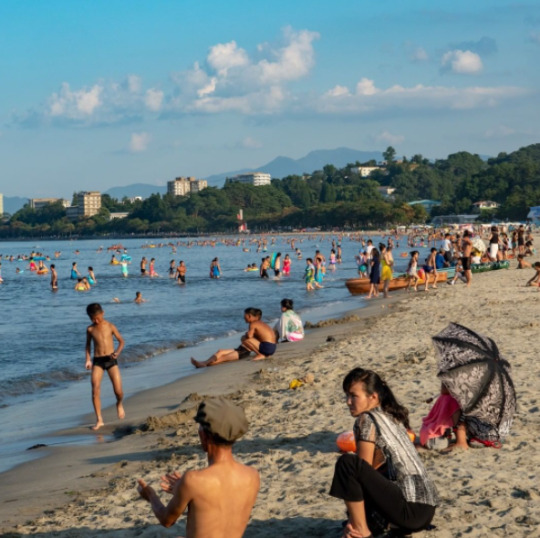
Masikryong Ski Resort, located close to Wonsan. It opened to the public in 2014 and is the first, I believe, that was built with foreign tourists in mind.
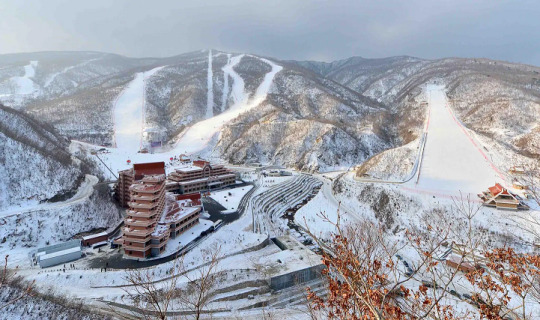
Sariwon, another rebuilt city
One of the worst hit cities during the Korean War, with an estimated destruction level of 95%.
I've written about its Wikipedia page here before, which used to mockingly describe its 'folk customs street'—a project built to preserve old Korean traditions and customs—as an "inaccurate romanticized recreation of an ancient Korean street."
No mention, of course, of the destruction caused by the US-led aerial bombings, or any historical context at all that could possibly even hint at why the preservation of old traditions might be particularly important for the city.
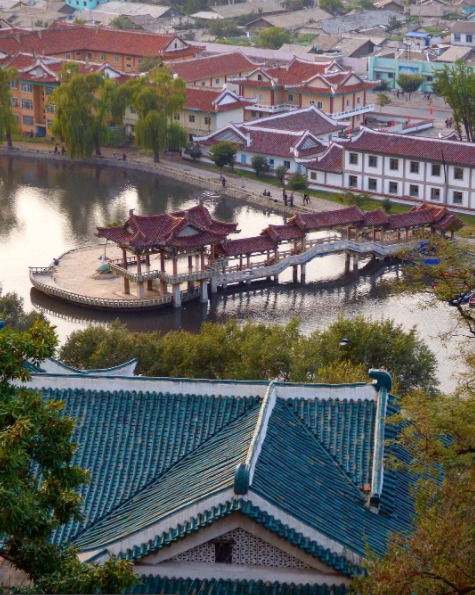
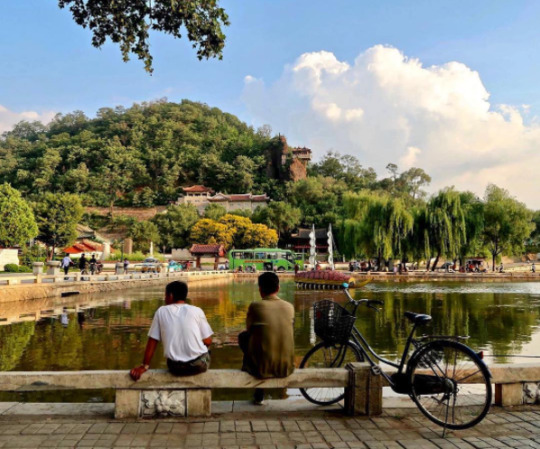

Life outside of the towns and cities
In the rural parts of the DPRK, life primarily revolves around agriculture. As the sanctions they're under make it difficult to acquire fuel, farming in the DPRK relies heavily on manual labour, which again, to avoid food shortages, requires that a large portion of the labour force resides in the countryside.
Unlike what many may think, the reliance on manual labour in farming is a relatively "new" development. Up until the crisis of the 1990s, the DPRK was a highly industrialized nation, with a modernized agricultural system and a high urbanization rate. But, as the access to cheap fuel from the USSR and China disappeared, and the sanctions placed upon them by Western nations heavily restricted their ability to import fuel from other sources, having a fuel-dependent agricultural industry became a recipe for disaster, and required an immediate and brutal restructuring.
For a more detailed breakdown of what lead to the crisis in the 90s, and how it reshaped the DPRKs approach to agriculture, check out this article by Zhun Xu.
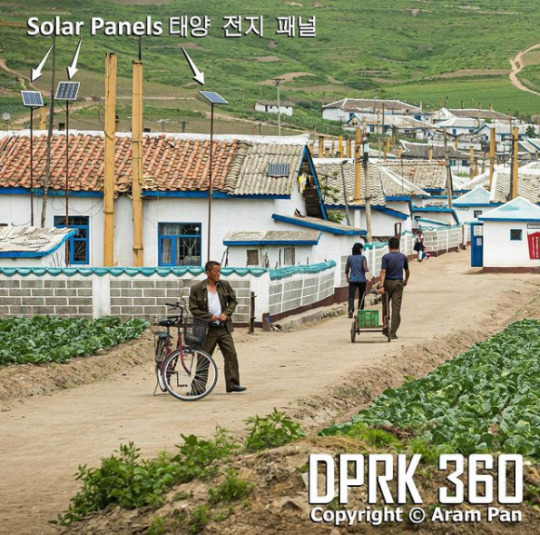
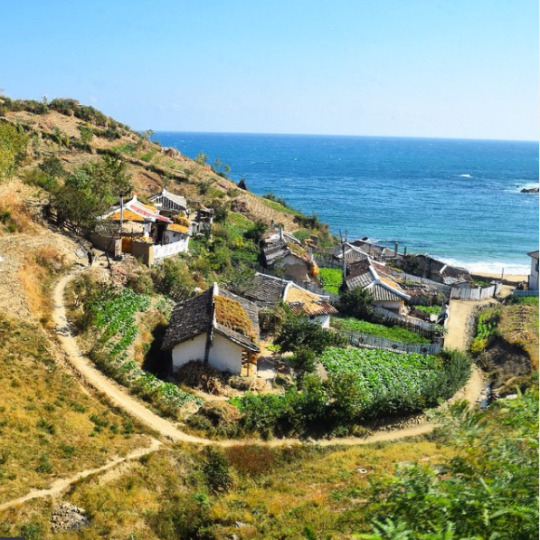
Some typical newly built rural housing, surrounded by farmland.
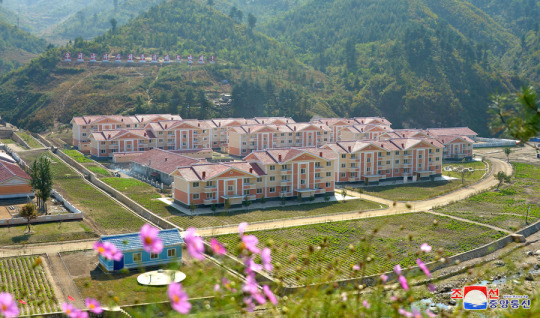
Tumblr only allows 20 pictures per post, but if you want to see more pictures of life outside Pyongyang, check out this imgur album.
#dprk#north korea#i've had this post unfinished in drafts for almost a year#also sorry about the spelling and potential formatting issues it's a nightmare to edit at this point#it was literally just meant to be a collection of picture and then the writing just sort of happened#enjoy the brief heritageposts history lesson i guess
7K notes
·
View notes
Note
Sorry if you've been receiving too many questions about North Korea, but this was something I was wondering that I couldn't find an answer to. If Kim Jong Un isn't really the head of the North Korean government in the same way the President of the USA is, why is he the "face" of North Korea both in and out of the country?
The "face" of a country is its head of state. In presidential systems like the US, the head of state is also the head of government, but that is not the case for every country. For example, in the United Kingdom, it is the king or queen who is the head of state while the prime minister is the head of government. In the DPRK, the President of the State Affairs Commission is the head of state, and the Premier is the head of government.
418 notes
·
View notes
Text
i saw this headline

and decided to look up pictures of this allegedly creepy water park
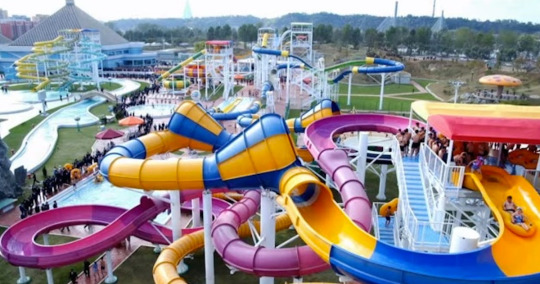
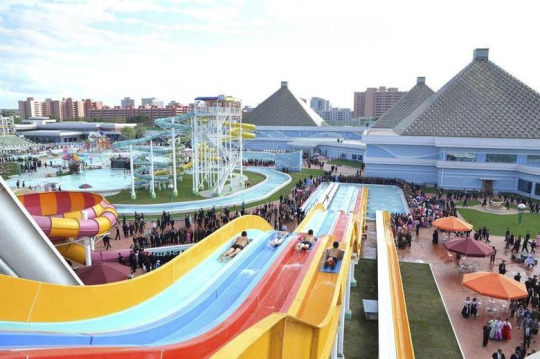
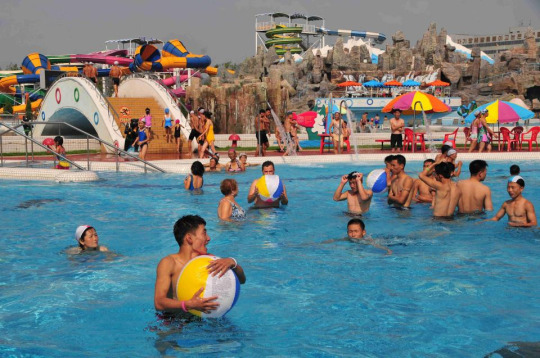
it’s a fucking water park. these pictures could be in any country in the world. fuck are you talking about, the washington post?
10K notes
·
View notes
Text






#current events#human rights#social justice#dprk#north korea#free congo#dr congo#congo genocide#congo#democratic republic of the congo#all eyes on congo#save congo#help congo#humanitarian#africa#free palestine#free gaza#gaza#gaza strip#palestine#gaza genocide#free sudan#sudan genocide#keep eyes on sudan#sudan crisis#sudan aid#sudan#save sudan#congolese#humanitarian aid
2K notes
·
View notes
Text

Comrade Huey P. Newton
Black Panther poster from the DPRK
Date: Unknown
1K notes
·
View notes
Text
The DPRK is literally an totalitarionist tankinist authoritarian regime. According tot he Burger Eagle Institute kim jong un personally feeds yje dissidents to starving dogs. Here's a map I just found

As you can clearly see on this map of the Sou Northern Korea's Republic living there sucks. You can trust me because I have a map that clearly labels the super prison camps (it's bad because they're prison camps nad not prisons like in the god blessed US of A) and the execution chamber where they feed you to dogs (they're starving)
This is why it's sad that the Olympic hcmpions are going back. I think I've never heard of them so that means they kill the old ones and bring new ones everytime. We need to invade South No Sou the bad Korea to get them free. Here's another map i found

as you can clearly see the olympic silver medalists get fed to dogs when they come back. And then the dogs get eaten by starving rats. And then the rats are hunted down by starving children because they have nothing else to eat (kim jong un ate all the food because he's SOOOO fat ahahaha am i right? im body positive btw before you say anything so it's okay for me to say that). all these "tankis" will tell you that the Burger Eagle Institute is funded by the CIA but they are just conspiracy theorists because I dont think the CIA does that stuff. Here's another map I found

This one is extra bad
In conclusion I believe that we should invade North Korea and impose Democracy on its citizens (with nukes if possible)
1K notes
·
View notes
Text

idk how joe rogan is going to manipulate words like "north koreans have to push the only train in their country to get anywhere" to smear her image when the usamerican right fucking loves her. she is not a victim she was part of the elite in the dprk and is now a symbol of the usamerican conservative movement. be serious that is a grown ass woman who knows what she's doing
#she furthers the interests of the us empire she and every other celeb defector aid us imperialism in the korean peninsula#she'll survive becoming a site wide meme. misha collins did#dprk#ਰੇਵਾ
1K notes
·
View notes
Text

Korean Peoples Army soldiers in uniform enjoying some downtime on rides at the Kaeson Youth Amusement Park, Pyongyang
19 notes
·
View notes


